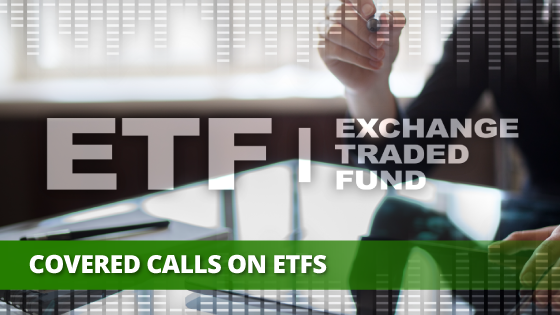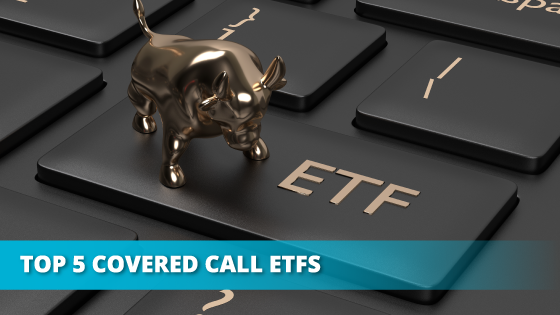Category: ETFs
-

How to Write Covered Calls on ETFs
Writing covered calls on stocks is a popular way to generate an income from a portfolio of stocks, but you can also use covered calls on ETFs (Exchange-Traded Funds) and…
-

Top 5 Covered Call ETFs (2022)
Exchange-traded funds (ETFs) have become a popular way for investors to access countless strategies, including covered calls. From smart beta to actively managed funds, there are many different ways for…
-

Can I Trade Options on an Index
Passive investing has exploded in recent years. Investing in broad-market indexes has surged in popularity and costs less than ever before. You can take this approach to the next level…
-

Are Buy-Write Funds a Good Hedge Against Volatility?
There are many different ways to minimize volatility in a portfolio, including diversification into multiple asset classes, but buy-write funds have become a popular alternative for stock investors looking to…
-

Covered Call Funds vs. Do-It-Yourself Covered Calls
Covered calls can be an excellent way to generate monthly cash flow while reducing your risk investing in the stock market. While covered calls have been available to individual investors…